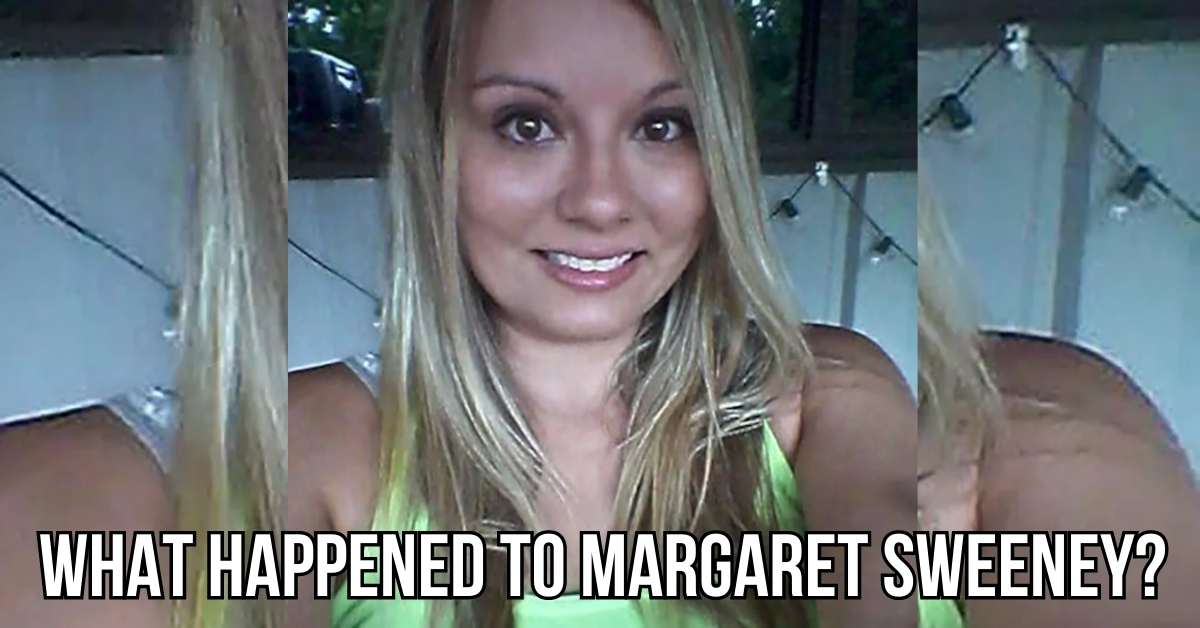In a puzzling turn of events, a recent missing person case took a startling twist that left the community baffled. Margaret Frances “Maggie” Elizabeth Sweeney, a 37-year-old resident of North Carolina, was initially reported as missing, setting off a flurry of concern and investigation. However, what transpired next was a blend of mystery, deception, and a touch of domestic turmoil.
It all began with a heartfelt Facebook post from the Franklin Police Department, announcing Maggie Sweeney’s disappearance. Friends, family, and the community rallied together to aid in the search, driven by a report that alluded to her being in danger or worse. Within days, the tide of the story shifted dramatically.
The police department swiftly located Maggie Sweeney, unharmed and safe in a neighboring town, bringing an unexpected end to the search. But the plot thickened as details emerged. Rather than a tale of a missing woman, the narrative took a turn into the realm of the surreal. It turned out that Maggie herself was at the center of this puzzling case, facing charges that are as mind-boggling as they are serious.

Are you interested in Johnny Depp’s love life in 2023? Due to a new Netflix documentary series about his legal conflict with Amber Heard, he is once again in the public eye. People are curious as to whether he is currently in a relationship:
Sweeney’s troubles escalated as she found herself on the wrong side of the law, charged with a series of offenses including falsely reporting her own murder. This bizarre turn of events came as a shock to everyone involved. Authorities revealed that Sweeney had allegedly fabricated anonymous reports to both a friend and the Department of Social Services, claiming that she had met a tragic end. These false reports not only sparked a frenzied investigation but also caused undue distress to her loved ones and the entire community.
Franklin Police Chief Devin Holland recounted the puzzling moments that led up to Sweeney’s discovery. “Everything at the moment seemed legitimate,” he explained. Even after locating her through her phone’s ping signal, Sweeney seemed bewildered by the search efforts on her behalf. She claimed to have been unaware of the panic her disappearance had caused. Yet, as the investigation progressed, it became apparent that there were underlying complexities at play, possibly involving domestic issues with her boyfriend.
In a parallel twist from another corner of the country, the curious case of Carlee Russell resonates. Just a month prior, headlines had been dominated by Carlee, a 25-year-old nursing student from Alabama. She reportedly staged her own abduction, igniting a nationwide hunt that eventually led her back to her parents’ home. Her tale seemed like something out of a movie: a night on a deserted road, a sighting of a toddler, a scream, and a dropped call. However, as the days passed, the truth emerged—her kidnapping claim was a hoax.
This second case brought to light the complexities of investigating such incidents, where truth and deception intertwine. The stark contrast between the majority of genuine missing persons cases and these unusual hoaxes was highlighted by Zach Sommers, a criminologist and attorney. He stressed that most missing persons reports are indeed genuine, revealing the unfortunate impact of such high-profile cases on the credibility of real emergencies.
In the end, the curious cases of Margaret Sweeney and Carlee Russell stand as perplexing examples of human behavior that challenge our understanding of truth and deception. As these stories remind us, reality can often be stranger than fiction, leaving communities and law enforcement with the daunting task of navigating the intricacies of the human psyche. Amid the puzzling twists and turns, one truth remains: the importance of taking every missing person report seriously, regardless of the motives that might lie beneath.
